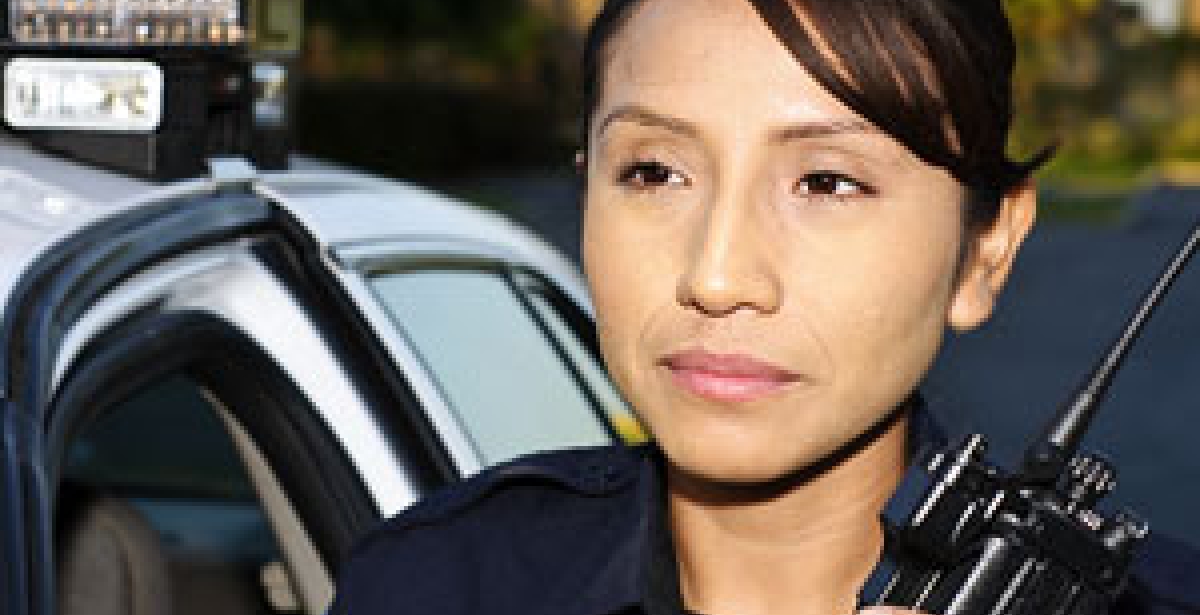
How to investigate a traffic accident
There are more than 5 million traffic accidents in a single year. In 2012 alone, there were almost 31,000 people killed because of them. Knowing how to investigate a traffic accident doesn't just help figure out what went wrong; it helps make sure it won't happen again. Getting it right can save lives!
The criminal justice professionals who investigate traffic accidents are detail-oriented and precise. They are also well-trained and know just what to do in an emergency. Here are just some of the steps they take when they get the call to head to the scene of an accident:
Arrive promptly. Although safety always takes precedence over speed, the sooner they arrive on scene, the better investigators are able to take full control of an investigation. Even before they arrive, good investigators know to be on the lookout for cars and people travelling away from the scene. A speeding vehicle going in the opposite direction might very well be a suspect!
Observe the location. A thorough investigation begins by taking in the full scope of the accident as soon as the investigators arrive. They observe the vehicles, victims and witnesses, and they also take note of the surroundings, weather, visibility, road conditions, and more.
Take care of people first! Any accident investigation comes secondary to taking care of victims and securing the site. A good investigator makes certain that first responders can do their jobs. Only after the accident victims are in good hands and the site presents no danger to others does the bulk of the investigation really take place.
Protect and document the scene. Have you ever seen chalk outlines of victims on crime shows? Police and investigators don't really use chalk anymore because it could contaminate the scene. But they do take lots of pictures! They cordon off the area and make certain no one interferes with their examination of the site. Then, they photograph everything that might be relevant to a full investigation.
Take witness statements. One of the most effective ways to reconstruct an accident is to talk to everyone who saw it. You'd be surprised by how very different versions of the same event will be related by different witnesses. It's up to the investigator to ask the right questions and consider the reliability of the witnesses to reconstruct the accident.
Gather and secure evidence. Compiling evidence is an important part of a thorough investigation. But so is making sure it is well-documented and submitted in a way that will ensure an accurate depiction of what happened. Following the rules and regulations for evidence submission is vital to building a case if someone was at fault in the accident.
Do you think you have what it takes to be a good investigator? You need fine attention to detail, a problem-solving mind and a passion for the truth. You'll also want solid training in criminal justice. At YTI Career Institute, our Criminal Justice and First Response Program teaches you the skills you'll need for entry-level work in Criminal Justice. Check out all YTI can offer you! Classes are enrolling soon.
http://www-nrd.nhtsa.dot.gov/Pubs/812032.pdf
A stock photo was used in this post.


